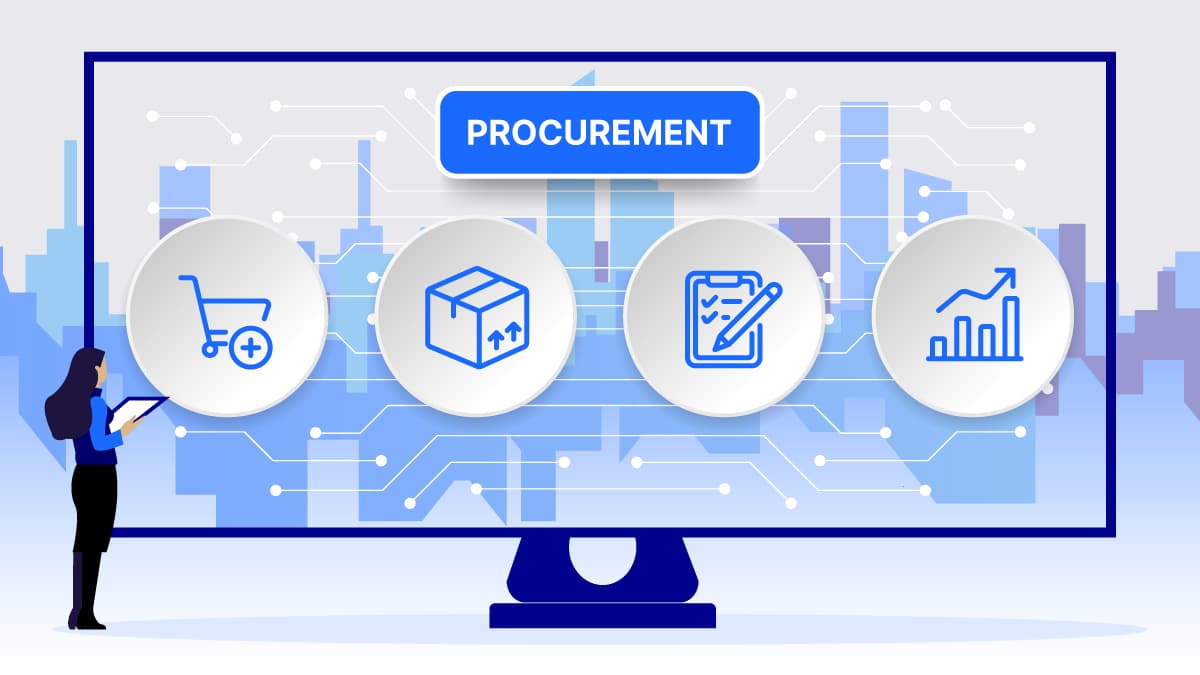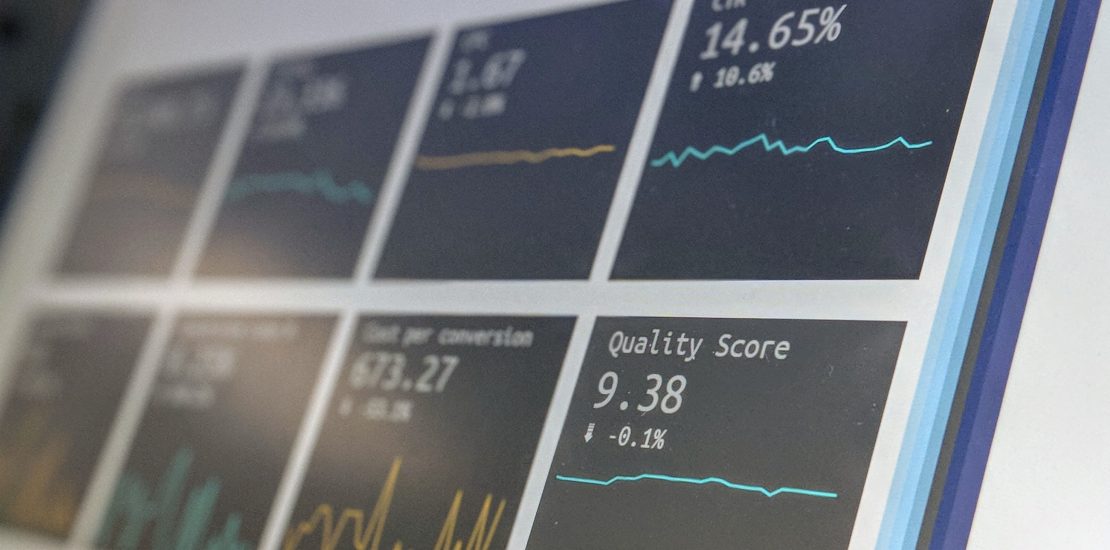Thought Leadership
4 Tips for Improving Your Procure to Pay Process
January 27, 2022


Poor procure-to-pay (P2P) processes in a supply chain hurt nearly everyone involved. For example, ending up with incorrect product because of a mismanaged payment or letting goods get stuck at customs for late payments. On its own, a poor P2P process will complicate things but when it’s part of a larger system that lack other layers of checks, costs, and effort to keep the process going can increase exponentially. That’s why you need to be even more thorough about identifying and fixing problems before they occur. In this article we cover 4 tips to help you improve your procure to pay process.
tip #1 – make sure your procure to pay process is fully integrated
Procure to pay is a process that allows procurement, supply chain and finance departments to work in conjunction to ensure the goods purchased by a company are paid for. Accelerating P2P speed and efficiency can be difficult. There are several factors that can hinder the process from being efficient, including slow data exchanges between systems, cumbersome processes and manual data input.
As a starting point you want to ensure that your process is fully integrated with the key systems involved. By having an integrated procure to pay solution that includes key systems like:
- enterprise resource planning (ERP),
- accounts payable (AP),
- customer relationship management (CRM)
- Inventory platforms
- e-commerce platforms,
- Point of sales systems (POS)
You can drive faster payments, greater visibility and eliminate costly manual work. Without proper integration, these applications work independently of one another, which means you have multiple systems you need to update with potentially the same information or worse some systems are stuck waiting for information before they can complete their workflow.
By integrating these applications in a single system or workflow, you can streamline the process and make it more efficient for all parties involved. as well as improve visibility into data across all departments involved – creating a self-service environment for information and removing any information bottlenecks.
tip #2 – make sure your existing platforms give you all the data you need
A successful P2P process allows a company to rapidly procure products from both its own suppliers and external companies, while also tracking the vendor information and payments. The P2P process starts when an employee places an order with a supplier or contractor for a product or service. The purchasing department then handles the payment and logistics of the transaction. Once the product arrives, it enters inventory management and is distributed to other departments as needed. There are numerous technologies that play key roles in P2P system and with so many different programs involved in this process, it can sometimes be difficult to know exactly what data you should be receiving from each platform. The goal should be that you have complete, on-demand visibility of your outgoing liabilities and spend whilst having full control over who, where and how the money is being spent. It’s a big goal that can seem like a pipe dream but it all starts with the data. Try assessing your current platforms and process to identify:
- The data that is required in your systems and where is the source of truth for that data.
- Any data that is holding duplicated data or where data is duplicated when it is not required
- Through your existing process where data might be getting corrupted – look for error points like manual data entry, data manipulation to get into different systems etc
tip #3 – use new technology to make the process more efficient
The procurement process is still one of the most complex and time-consuming processes in a business, a range of studies identified that staff spend a lot of time on manual data entry or looking for information and whilst things have improved with the move to remote working there are still a lot of inefficiencies across the board. Utilising built-for-purpose procure to pay solutions, can eliminate the need for manual and paper-based reconciliation cycles, improve the management of resources and provide complete transparency across the extended supply chain. But these benefits can be achieved only if the solution is efficient and easy to use. It should be easy for employees to understand how to use so they can complete their assigned tasks effectively. It should also be flexible enough to adapt to future needs of the organisation.
You should consider solutions that allow for for customised workflow processes that can fit your individual business needs but are supported by best practice. Depending on your industry, there may be specific requirements regarding the type and flow of goods, services or payments within your business, modern solutions are designed to be able to support these use cases and be configured to drive efficiencies across them. Having a customisable system allows you to create the most efficient process and automate as much of the P2P process as possible to reduce human error, improve efficiency and ensure accuracy of information throughout the entire process. Some of the best P2P software solutions have features that allow you to automate tasks such as purchase orders, invoice receipt, validation and approvals as well as payments.
tip #4 – align your organisational structure to reflect your optimised processes.
The process of buying goods and services has changed from what it used to be a decade ago. The responsibility has been distributed among the partners involved in the process, and the relationships between them have become more important than ever. Technology plays an important role in streamlining and automating parts of the process where The P2P process can become increasingly dynamic, flexible, and efficient which necessitates a change in organisational structure from a classical hierarchy to a flatter structure.
Whilst every organisation is different and specific business requirements may necessitate a specific structure there are a few different models that businesses can adopt to align with their procure to pay process, centralised, de-centralised and hybrid approaches can be adopted but typically you will want the following roles to be filled:
- A group of people with purchasing power (that can include executives, if appropriate) who will approve spend
- Support staff that can handle any kind of administrative tasks required by buyers, but also other tasks like financial auditing and legal research
- Buyers/procurement specialists who are responsible for all kinds of activities related to the procurement process: analysing needs, searching for suppliers, evaluating bids, negotiating prices and contracts and eventually getting the purchased goods into the right hands in your organisation. Buyers should be able to get access to relevant information, be permitted to use company resources and take their decisions without being constantly questioned or asked to justify themselves.
conclusion
Procure to pay processes can be costly for companies, but with a better organisational structure and new technology, businesses can streamline their operations and save money. Following these steps can help to ensure you’re getting the most out of your procure to pay process. Having a proper system in place can help make the process more transparent while providing insight into the costs of doing business, from the costs of sourcing components and services all the way to the dollar amount its costs your business to process an invoice. Speed is another important factor and can be a competitive differentiator but is an output of aligned people, processes and technology.




